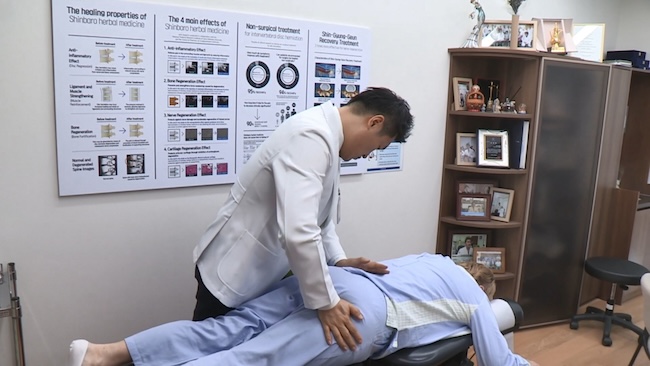
South Korea saw a record number of foreign patients seeking medical care last year. (Image courtesy of Yonhap)
SEOUL, Apr. 30 (Korea Bizwire) – South Korea saw a record number of foreign patients seeking medical care last year as the country’s healthcare institutions aggressively courted overseas visitors after Covid-19 border curbs were lifted.
The Ministry of Health and Welfare said on April 29 that 605,768 foreign nationals received treatment at South Korean medical facilities in 2023, surpassing the previous high reached in 2019 before the pandemic.
The tally, which excludes duplicate visits, represented a 144.2% surge from 248,000 foreign patients in 2022 and a 21.8% increase over the pre-pandemic peak of 497,000 in 2019. It was the highest figure since data tracking began in 2009.
Foreign patients came from 198 countries last year, led by Japan with 187,711 visitors (31% of the total). China followed with 112,135 (18.5%), the United States with 76,925 (12.7%), Thailand with 30,844 (5.1%) and Mongolia with 22,080 (3.7%).
Over half of the overseas patients sought dermatological (35.2%) or cosmetic surgery (16.8%) procedures in South Korea, known for its thriving medical tourism industry catering to those sectors. Internal medicine accounted for 13.4% of cases, while health screening examinations made up 7.4%.
By facility type, 66.5% of foreign patients visited clinics, 13.5% went to general hospitals and 10.6% used tertiary care centers. Traditional Korean medicine clinics posted the sharpest annual increase in overseas clientele at 689.9%.
“Interest in traditional remedies like acupuncture and herbal treatments seems to have grown among foreign patients, and promotion efforts likely also boosted awareness of South Korea’s service offerings,” a ministry official said.
The capital region accounted for 88.9% of foreign patient visits last year, reflecting the concentration of plastic surgery clinics and dermatology practices in the greater Seoul area.
“To elevate our status as a medical tourism hub in Asia, the government will bolster support policies and improve unreasonable regulations while monitoring any strain on domestic medical resources,” said Jung Eun-young, director general of health industry policy at the ministry.
M. H. Lee (mhlee@koreabizwire.com)






